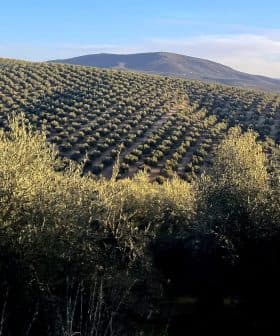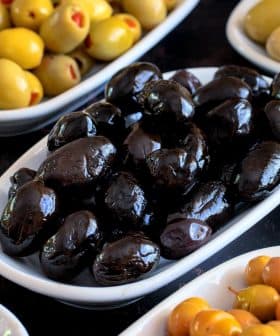As Spain Fights Food Inflation, Pressures Keep Mounting
Spain has managed to keep inflation levels lower than its Eurozone counterparts through a combination of government policies and luck, with food and beverage inflation remaining relatively low. The country implemented tax cuts on food products and reduced VAT on key items like cereals and olive oil to combat rising prices, but challenges remain due to ongoing drought and high input costs in the agricultural sector.
As countries across Europe grapple with historic inflation levels, a combination of luck and policy has seen Spain buck the trend.
According to European Union data, the Harmonized Index of Consumer Price (HICP) inflation across the Eurozone, the 20 countries that use the Euro, increased 7 percent year-on-year in April 2023. However, this measure was far exceeded by food and beverage inflation, which rose by 15 percent.
Yet, inflation in Spain was significantly lower, with overall HICP inflation reaching just 3.8 percent and food and beverage inflation is 12.9 percent, the fourth-lowest in the Eurozone.
See Also:Climate Disasters Drive Prices HigherWhile food and beverage inflation started rising above the benchmark two percent at the end of 2021, it exceeded double digits for the first time in decades after the Russian invasion of Ukraine in February 2022.
Food price inflation peaked in Spain in February 2023, reaching 16.6 percent. According to the Bank of Spain, average inflation was 1.8 percent lower than forecasted, with the bank adding that the government managed to keep 90 percent of targeted food product prices low.
The government addressed rising prices and alleviated the inflationary pressures felt across Spanish society with a series of countermeasures, including tax cuts on food products and provided relief for those struggling with rental payments.
The Spanish government reduced the value-added tax (VAT) on cereals from four percent to zero in response to the soaring prices of cereal-based products. As Ukraine, a major supplier of these goods, experienced a decline in production due to the war, their prices started climbing.
To combat rising olive oil prices, which have hit record highs in Spain due to inflationary pressures and falling global production, Spain lowered the VAT for olive oil from ten percent to five percent.
These decisive actions helped counter rising food prices at the customer level. However, they have reduced income for the country through taxation, the consequences of which remain to be seen.
Producers welcomed the measures but warned the government that a total reduction was needed, contending that the rising energy and fertilizer prices would continue to undermine profitability.
Still, climbing energy prices has affected Spain far less than many of its E.U. peers. At the start of the war, energy prices reached their absolute peak but quickly and steadily fell back to pre-Covid and pre-war levels.
The quick normalization of energy prices in Spain is due to its high share of renewables, expected to produce 50 percent of the country’s energy needs this year. Nuclear power makes up an additional 20 percent, and unlike many of its E.U. peers, Spain was far less reliant on Russia for crude oil and natural gas imports.
Due to its location, Spain also enjoys mild winter temperatures and requires less energy to heat homes and buildings during the winter.
In short, while inflation continued to rise, tax cuts helped to maintain affordable prices. Despite expectations of significant price hikes, the reduction in VAT played a crucial role in keeping food affordable.
However, pressure will likely remain on food prices, especially olive oil. As last year’s drought continues into this year and high spring temperatures plague agricultural fields in the productive south of the country, pressure will continue to push prices up.
While olive oil prices stopped their steep climb from January to March 2023, they rose sharply again in April.
According to Infaoliva’s price observatory, the average price at origin for extra virgin olive oil was €5.25 per kilogram at the beginning of January. It rose to just €5.30 after the first two weeks of April.
However, prices have since shot up to €6.05 per kilogram. Virgin and lampante olive oil prices have also followed a similar trajectory.
Due to the drought, production reached 660,000 tons in the 2022/23 crop year, down from 1.5 million tons in 2021/22. Spain’s lack of rain to date means that olive oil prices at origin will continue to rise.
Analysis from CaixaBank, Spain’s third-largest lender, indicates that the ongoing drought will result in production shortages across various other crops and push domestic food prices in the coming months.
While current government policies have provided some relief for consumers, how these policies will evolve in the future remains uncertain ahead of the 2023 general election in the autumn.
No political party has made any promises concerning the growing problems faced by the country’s olive oil sector, with most promising to provide more funding without addressing the underlying issues, including climate change and stubbornly high input costs.
There is also uncertainty whether the VAT tax cut, which is scheduled to end on June 30th, will be renewed.
“This month… inflation, with a significant decline in the core component, has begun to show signs of moderation,” Oriol Aspachs, the director of the Spanish economy at CaixaBank, wrote. “Over the coming months, the Spanish economy will have to continue to navigate an adverse and complex international environment.”









